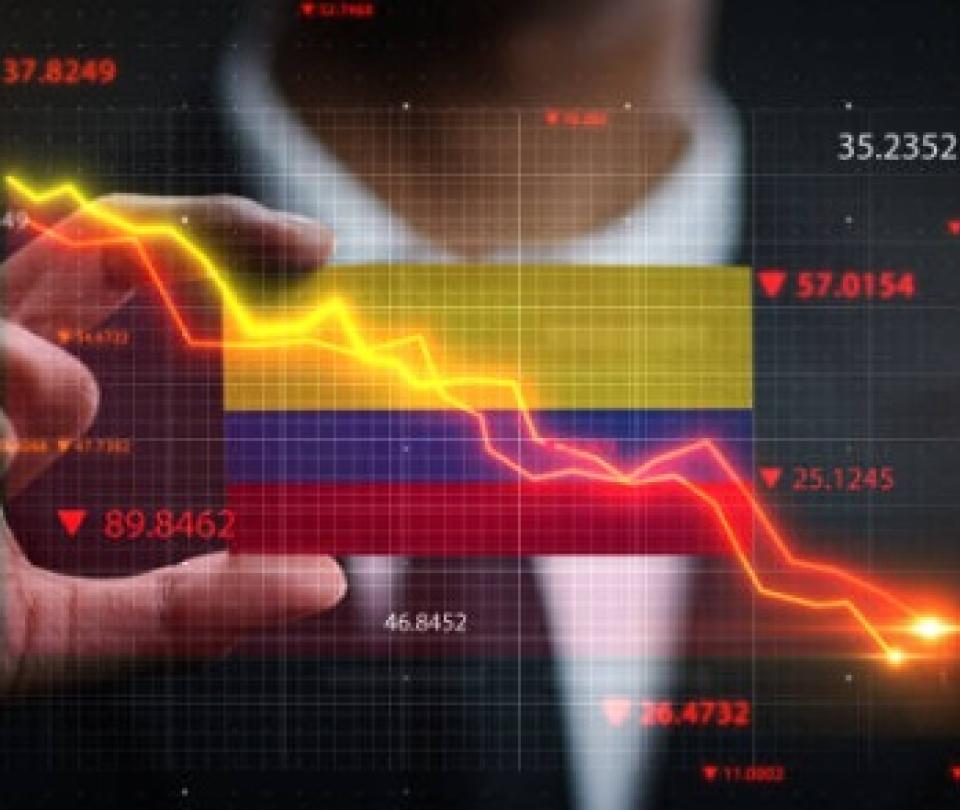Unlike other years in which the Financial Plan is presented in the first months of the calendar, the government of Gustavo Petro decided to anticipate 2023, and delivered yesterday the update of the Plan for next year, in which The main fiscal and macroeconomic estimates for the country are included.
In the first place, and as confirmed by the Minister of Finance, José Antonio Ocampo, by 2023 theexpects growth of 1.3%, lower than the projection of 1.8% that the Treasury had delivered in August, while the inflation expectation is at 7.2%.
The minister also said that for the next year the Government will do its accounts with an oil price of US$94.2 a barrel of Brent.
(Read: Government does not rule out new oil and gas contracts in 2023).
Although the outlook for 2023 points to a marked slowdown, the Treasury revised the GDP data for 2022 upwardsto 8.2%, above the 7.7% forecast in Augustwhen this Administration began.
“Although this growth figure is low for next year, to the extent that we look at very high growth this year, we are going to have a level of economic activity that is even 13% higher compared to the pre-pandemic, and much higher than that of emerging economies and to the averages of the OECD and Latin AmericaOcampo said.
The minister also delivered the projected fiscal balance for 2022 and 2023. By 2023 it is expected that total revenues amount to $319.3 billion, of which $280 billion would be for tax collection.
“For next year, higher collection is expected, the most important element of which is the entry into force of the tax reform, whose latest estimate is $20.3 trillion, to which is added the growth of a higher nominal GDP, and the depreciation of the peso, among other factors that contribute to income“, said.
On the spending sideor, the greatest impact in 2023 would come from social programs, which according to Ocampo will imply $20 billion, and also due to the greater contribution to the Fuel Price Stabilization Fund (FEPC). The latter includes another $7 trillion, in addition to the $19 trillion already included in the General Budget, for a total of $26.3 trillion.
(In addition: Government will pay $4 billion to the Fuel Stabilization Fund).
“There is greater public spending to finance government programs, but at the same time, the higher income means that we have a fiscal deficit that will have decreased to 3.8% of GDP, it is a sign of the fiscal responsibility of the Government, which is reflected in the financial plan”, said the minister.
Thus, the The country’s fiscal deficit would rise from 5.5% in 2022, a figure that also saw a correction of 0.1 points in the projections, to 3.8%. “There are two consecutive years of fiscal adjustment, which as an adjustment process is the strongest that has occurred in the history of Colombia since the 1990s,” said the minister.
Regarding the debt, Ocampo also assured that between 2022 and 2023 the net debt will present a correction of 1.9 points, going from 50.5% to 48.6% of GDP.
The presentation of the Financial Plan also sent a message to the markets that, in general, had a positive reading.
(Read: Union Council asks for a seat at the table to discuss labor reform).
For Sergio Olarte, chief economist at Scotiabank Colpatria, the government’s projections in terms of growth and inflation “are being as realistic as possible,” and he highlighted the fact that the FEPC is included in the projections. “I think the markets are going to take it positively, because it is a way of saying that they are aware that they have to pay for that.”said.
However, he questioned that the debt reduction could have been faster and “that it is still not clear what will be social spending.”
On the other hand, Carolina Monzón, Itaú’s economic research manager, assured that “the prompt presentation of the Plan clarifies many doubts”, and that although the projection of deficit that the bank has is still higher than that of the Government“the messages show a process of consolidation of both the deficit and the debt”.
Despite this, he reiterated that in 2023 that margin is being provided by tax revenue, and that other challenges persist, such as the Fuel Fund. Regarding income, Monzón said that the oil price projection could be “very optimistic”.
Laura Lucia Becerra Elejalde







![[Img #74683]](https://thelatestnews.world/wp-content/uploads/2024/12/The-main-mistakes-to-avoid-when-betting-on-electronic-sports-150x150.jpg)







